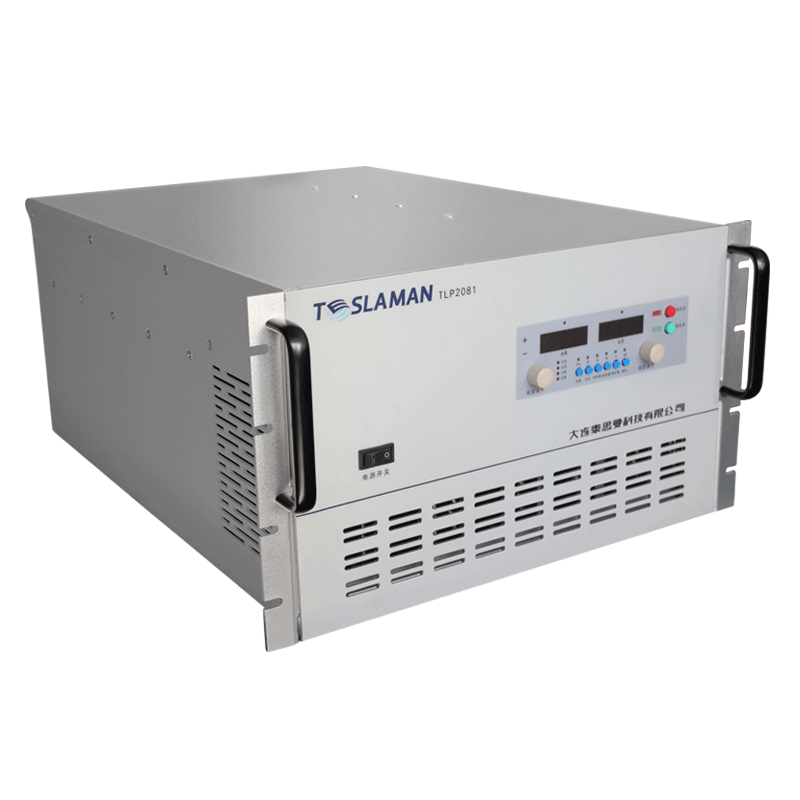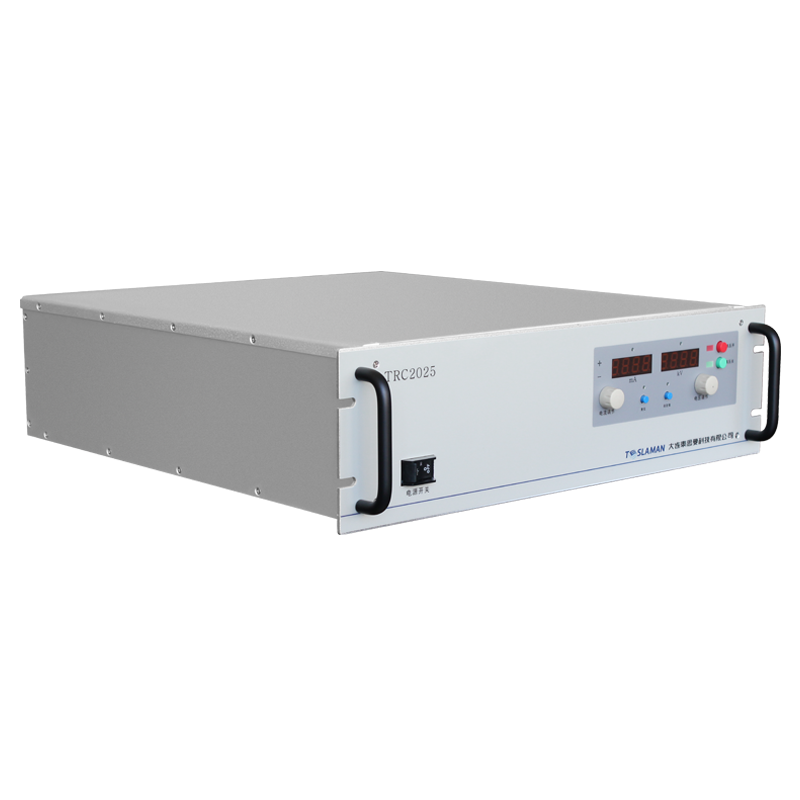Ripple Spectrum Analysis of Low Ripple High Voltage Power Supplies
In the field of modern electronic technology, low ripple high voltage power supplies are widely used in many scenarios with extremely high requirements for power supply stability, such as medical equipment, scientific research instruments, and communication systems. The stability of the output voltage of the power supply directly affects the overall performance of the system. As a key indicator to measure the stability of the power supply, in depth spectrum analysis of the ripple is of great significance.
Ripple refers to the AC component superimposed on the DC output voltage. The ripple in low ripple high voltage power supplies mainly comes from multiple aspects. Firstly, the power conversion circuit inside the power supply is the main source of ripple generation. For example, in a switching power supply, the periodic on off of the power switch tube will cause instantaneous changes in current and voltage, thus generating ripple. Secondly, the diodes in the rectifier circuit will also introduce a certain amount of ripple at the moment of turning on and off. In addition, the parasitic parameters inside the power supply, such as the equivalent series resistance of the inductor and the equivalent series inductance of the capacitor, also have an impact on the formation of the ripple.
Ripple spectrum analysis aims to deeply explore the distribution of different frequency components in the ripple. Through spectrum analysis, the frequency characteristics of the ripple can be clearly understood, providing key basis for the optimized design of the power supply. Generally speaking, the ripple spectrum shows complex characteristics. Among them, the ripple components related to the power switching frequency and its harmonics dominate. Taking a common switching power supply as an example, its power switching frequency is usually in the range of tens of kilohertz to megahertz. Therefore, in the ripple spectrum, obvious peaks will appear at this frequency and its integer multiple frequencies. In addition, due to the interaction of the internal circuits of the power supply and external interference, some stray ripple components may also appear in the low frequency and high frequency bands.
There are various methods for ripple spectrum analysis. Common means include directly measuring the power supply output using a spectrum analyzer, which can intuitively display the amplitude of the ripple at different frequencies. In addition, the mathematical analysis method based on the Fourier transform is also widely used. By performing a discrete Fourier transform on the power supply output voltage signal, the time domain voltage signal can be converted into a frequency domain signal, so as to accurately calculate the amplitude and phase information of each frequency component.
Accurate ripple spectrum analysis is crucial for the design and optimization of low ripple high voltage power supplies. On the one hand, by analyzing the ripple spectrum, a filtering circuit can be designed in a targeted manner. For example, for the dominant frequency ripple components, a suitable LC filtering circuit can be used for suppression. By adjusting the parameters of the inductor and capacitor to make their resonance frequency match the ripple frequency, the best filtering effect can be achieved. On the other hand, ripple spectrum analysis helps to discover potential problems in the power supply design, such as excessive parasitic parameters and unreasonable circuit layout, and then optimize and improve the power supply to improve its stability and reliability.
With the continuous development of electronic technology, the performance requirements for low ripple high voltage power supplies are increasing day by day. In the future, the ripple spectrum analysis technology will develop in a more accurate and efficient direction, providing a solid guarantee for the application of low ripple high voltage power supplies in more high end fields.




















